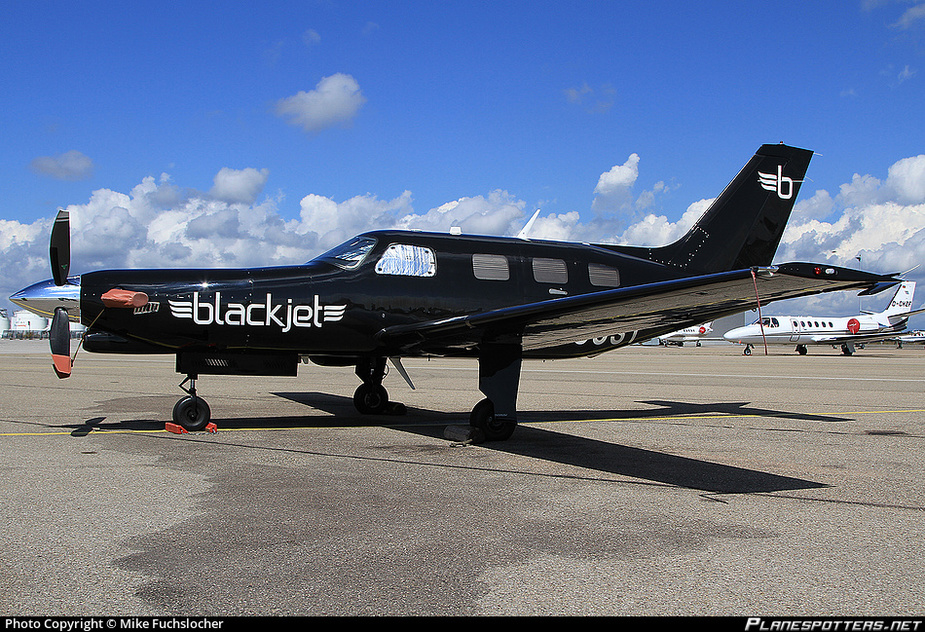Hey everyone.
This is a slightly odd question but I watched an AOPA video about icing earlier, and apparently the ‘temperature zone’ within which icing is most likely to occur is between about 0c to -20c. Up here where I fly, there is a lot of moisture in in the air and for most of the year I would be flying in that temp range – obviously depending on how high I fly. So I was thinking…. since most of the air-frame and, crucially, the wings are white, it would be very difficult to see any ice that’s building up. Could I paint the leading edges of the wings black? It would make any ice build up MUCH more visible wouldn’t it? I realise this would look odd, but technically it wouldn’t really count as a mod would it? It wouldn’t change any flight characteristics. Also the wings have a rough paint job, so ice would find it easy to hold on and build up on my wings! haha
Just as an aside… I was wondering why not all small aircraft have cowl flaps? Does my 100hp (probs about 80 by now!) engine just not produce enough heat to need them?
Thanks for any advice/comments.
SF.
It wouldn’t look odd. Every aircraft with boots has it and it certainly does make ice much easier to see. As to cowl flaps yes it is about heat output and cooling.
Not likely to be an issue with that engine. But it is very design specific. The 350hp Mirage doesn’t have them either.
Yeah I guess it wouldn’t, but I was just thinking it would because everyone knows that a Tomahawk doesn’t have de-icing boots! haha
My friend has them on his twin, 160hp each engine I think. Isn’t the Mirage a fighter jet?
The Mirage ( as in Piper ) is an über cool prop aircraft 
Ah yes, the PA-46? Really looks like a PC-12, and like it is a Turbo prop. Very cool indeed!
There is an all black PA46 Malibu flying around. Looks quite cool if you ask me 
Callsign is N369ST.

Holy crap, that looks AWSOME! You’re tempting me to paint the entire plane black….
Just as an aside… I was wondering why not all small aircraft have cowl flaps? Does my 100hp (probs about 80 by now!) engine just not produce enough heat to need them?
It’s not about power per se, it’s related to the planes speed range. Coolng drag rises quickly with speed, but so does the air pressure pressure available to push air past the cylinders. Therefore a fast aircraft can benefit by reconfiguring the cowling for higher speed flight. Low powered aircraft don’t typically fly so fast, so they benefit more from simplicity and lowest possible weight, meaning no cowl flaps.
The biggest thing about cowl flaps is that they allow the cowling air intakes to be optimised for cruise.
These air intakes are responsible for a large amount of drag – because the air cannot flow into them freely. There is a lot of back pressure from trying to force the air through the cylinder fins.
One of the first things one does to make an old plane go faster is to redesign those intakes. But then you may need cowl flaps to allow slow flight so you can fly a normal circuit at say 80kt, etc.
For example my TB20 cruises with CHTs around 360F (in ISA conditions, 65% power if low down) which is fine but it is hard to keep them below the generally accepted 400F max figure when taking off on a summer day. During a takeoff in say +35C (Greece, etc) 420F is the best achievable and that assumes one trims for 120kt really quickly after takeoff. Extended climbs at Vy never mind Vx are simply impossible, even in the winter – unless you don’t have a CHT readout and then it’s OK  I would bet that with optimised intakes one would get another 5kt out of it (which translates to a massive HP increase – probably another 20-30HP) but then cowl flaps would be needed.
I would bet that with optimised intakes one would get another 5kt out of it (which translates to a massive HP increase – probably another 20-30HP) but then cowl flaps would be needed.
That black plane must get incredibly hot when parked in the summer, even allowing for pressurised hulls being better insulated.
I find that ice on the leading edges is readily seen. Just look at whether the rivets are getting covered up, etc. At night this won’t be the case which is why planes with an anti-ice system have lights shining onto the leading edges. But one can see the ice buildup on the landing+taxi light cluster.
The “best” temperature for collecting ice is -5C and around there. I have seen 3cm in 5 minutes. Anything below 0C will start it off (maybe not immediately, but eventually) and it is rare to get much accretion below -10C. In stratus (totally non-convective) cloud, -15C is about the usually accepted cutoff point.
Rivets, Peter? What RIVETS? ;-))